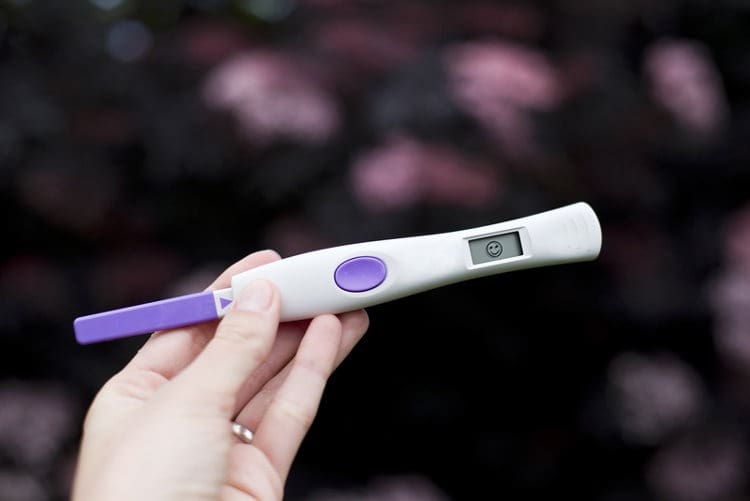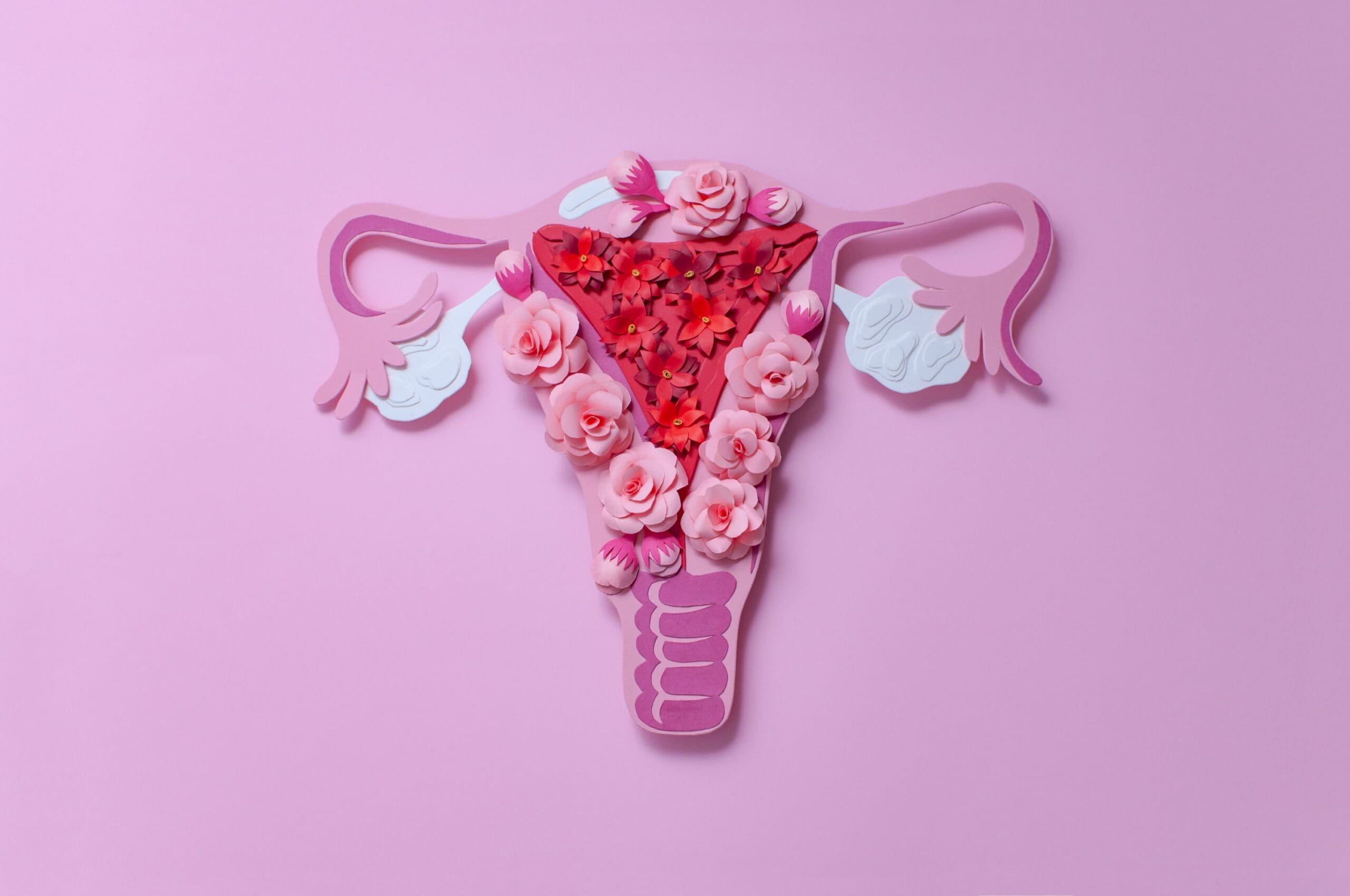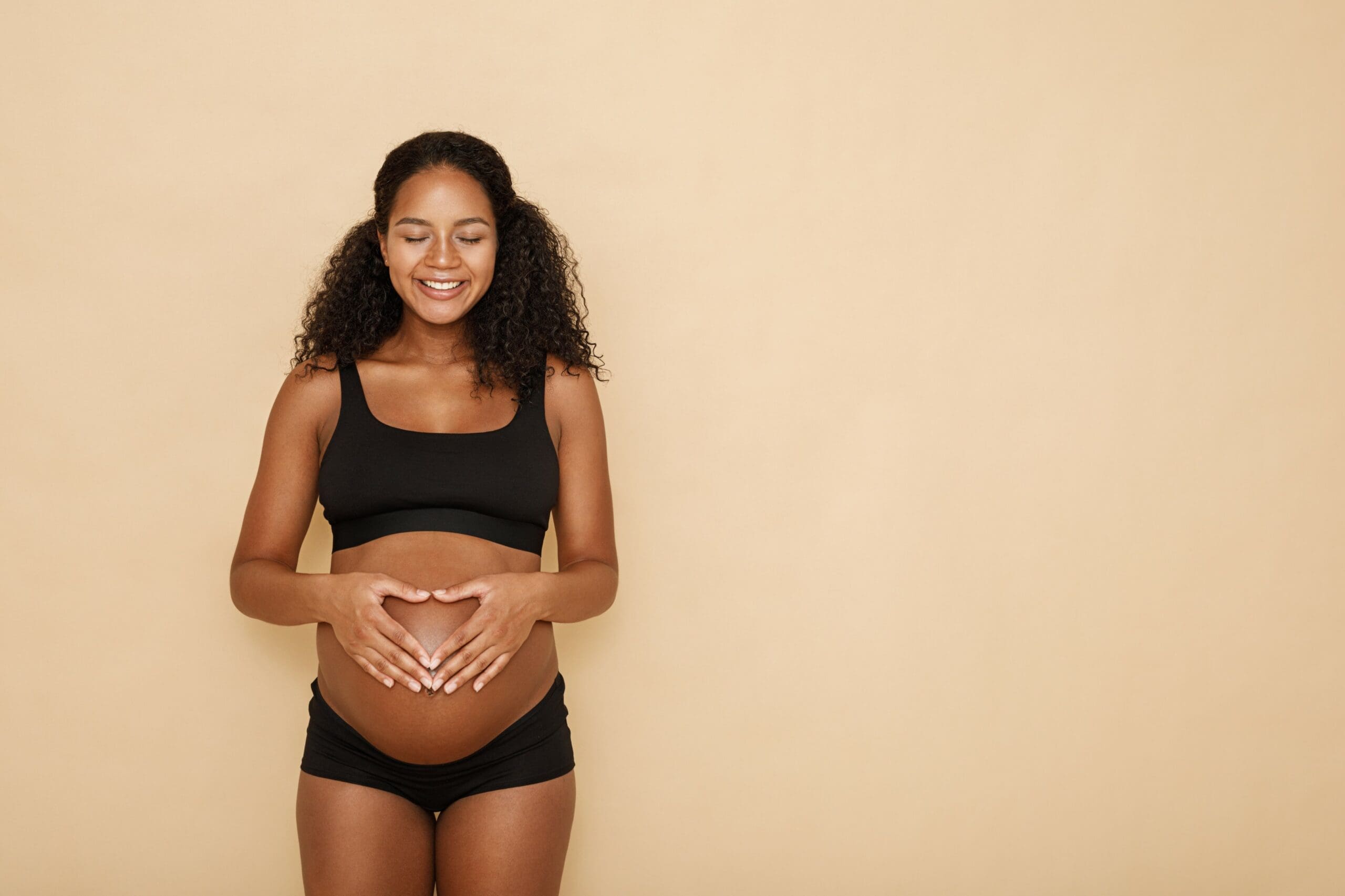Premenstrual syndrome (PMS) causes unpleasant physical and psychological symptoms in the lead up to menstruation. Symptoms go away within a few days of getting your period, but return again each month.
pregnancy
Ovulation testing
If you are trying to get pregnant, ovulation testing can help you work out when you are likely to ovulate and find your most fertile days. There are also natural ways of predicting the best time to conceive.
Mammograms
Should I have a mammogram? Find out about screening mammograms and what happens if you have an abnormal mammogram.
Female reproductive organs
Diagrams (front and side views) of the female reproductive organs and how they work.
Vagina self-care: getting help for itch/burn/pain
The aim of this guide is to demystify vulval problems by offering an alternative to the current ways of explaining and treating these conditions.
Getting pregnant
Getting pregnant is easy for some women, but for others it can be a difficult. Women are most fertile between 20 and 24 years of age, after which fertility declines.
Folic acid and your pregnancy
Folate is used within the body for cell regeneration and growth. Pregnant women need about one and half times as much as other adults.
Pap smear tests
Pap smear tests are currently used in Australia as a screening test for cervical cancer. A Pap smear test can detect changes in the cells of the cervix that may develop into cancer.
Cervical cancer screening tests
A new National Cervical Screening Program has been introduced in Australia, with HPV testing replacing Pap smear tests as the primary screening test for cervical cancer.
Prolapsed uterus
A prolapsed uterus (uterine prolapse) is when the uterus (womb) drops down from its normal position. It may cause no symptoms but if troublesome can be treated with self-care measures, pessaries or surgery.










